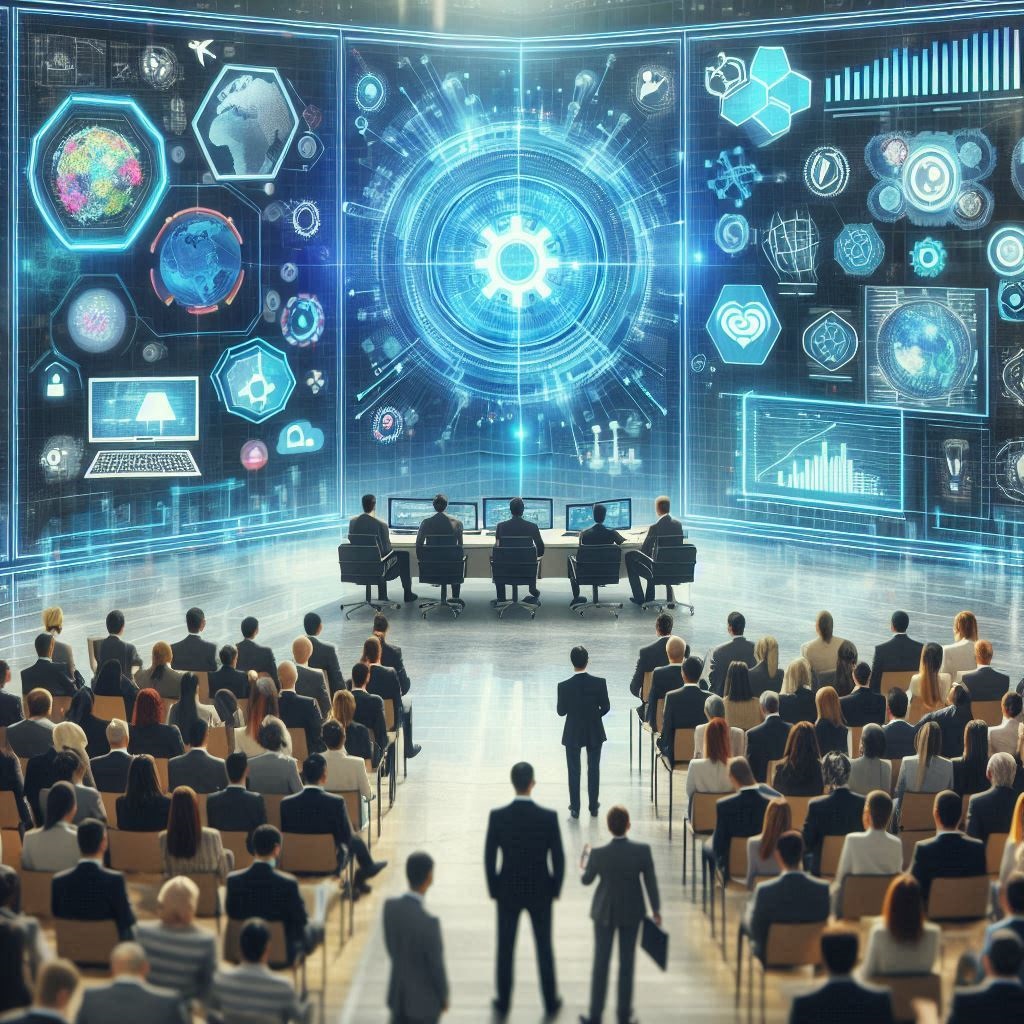In recent years, artificial intelligence (AI) has become a disruptive force across multiple industries, and the world of fashion is no exception. With the increasing presence of AI-generated models showcasing designer collections on digital platforms, many wonder if this technological revolution is a valuable ally—or a potential adversary—for the fashion world as we know it.
A New Era of Efficiency and Innovation
From a designer’s perspective, AI offers remarkable advantages. Virtual models can wear and adapt to garments in seconds, helping brands visualize entire collections without the need for time-consuming photoshoots. This opens up possibilities for smaller fashion houses or emerging designers to experiment with looks before investing in production.
Moreover, AI tools can assist in forecasting trends, analyzing consumer behavior, and creating hyper-personalized designs based on data. In a world driven by speed and personalization, this can be a game-changer. Virtual try-ons powered by AI, for example, provide interactive shopping experiences for customers, helping reduce return rates and increasing satisfaction.
The Human Touch: Irreplaceable or at Risk?
However, the growing popularity of AI-generated models has sparked ethical and professional debates. Many real-life models—especially women, who have historically been the face of fashion—worry about losing opportunities to their artificial counterparts. These digital avatars are flawless, tireless, and infinitely editable, making them tempting for brands seeking perfection and cost-effectiveness.
But fashion has always been more than just appearance—it’s a story, a statement, a soul. Can a virtual model truly convey the charisma, diversity, and cultural resonance that a human being brings to the runway or a campaign?
Furthermore, there is concern about body image standards. AI models often perpetuate unrealistic beauty ideals, reinforcing digitally constructed bodies that lack the variety and authenticity of real human shapes. This could exacerbate existing issues around self-esteem and inclusion, particularly among younger women.
Finding Balance: The Future of AI in Fashion
Rather than viewing AI as a replacement, the industry must embrace it as a collaborative tool. Integrating technology with human creativity can enhance rather than erase the role of real models, designers, and stylists. Transparency will be key: consumers deserve to know when they are viewing digital creations vs. real representations.
In the end, fashion must remember its roots: it thrives on emotion, individuality, and human connection. While AI brings efficiency and innovation, it is the people—their dreams, stories, and uniqueness—that give fashion its true essence.



